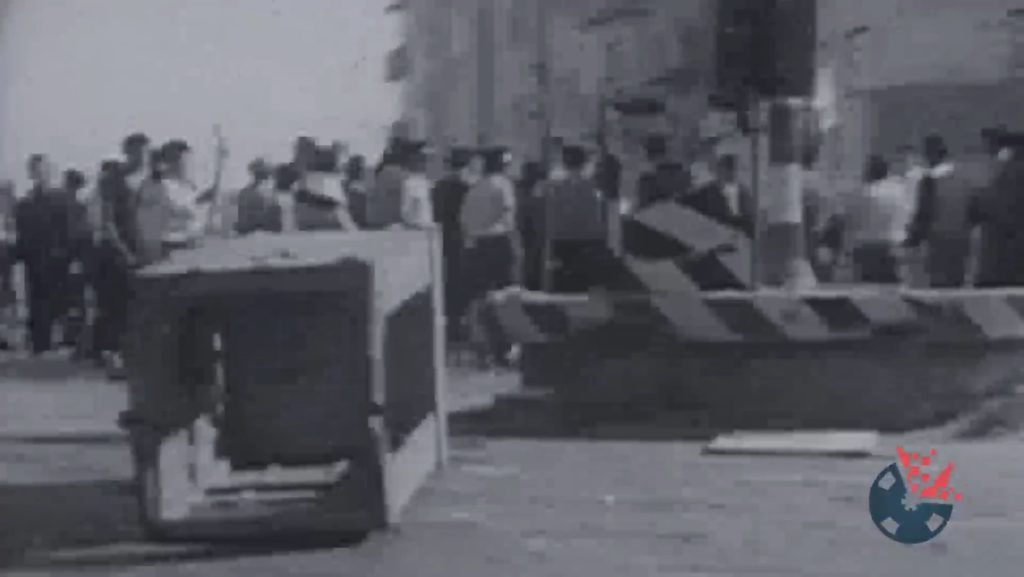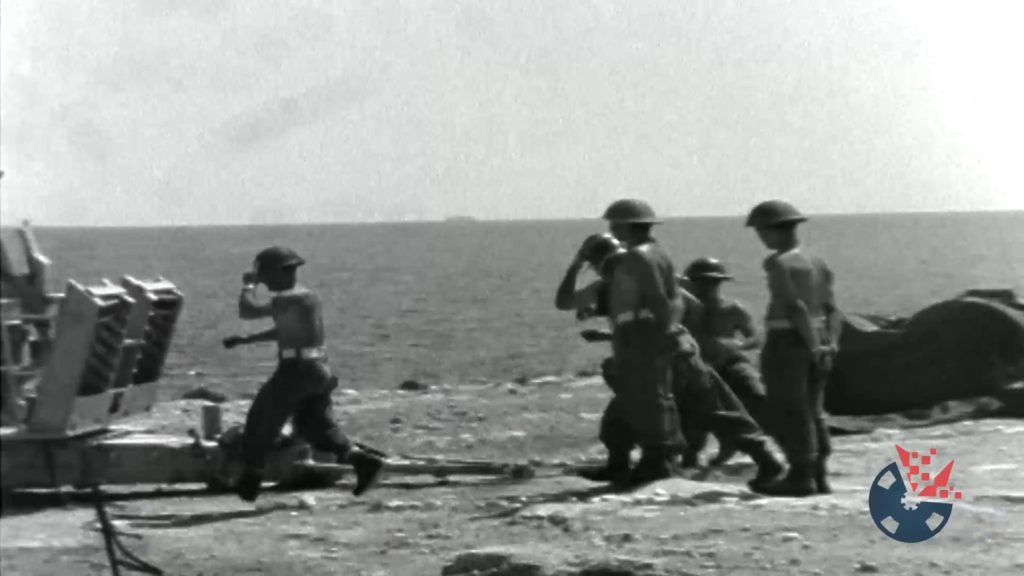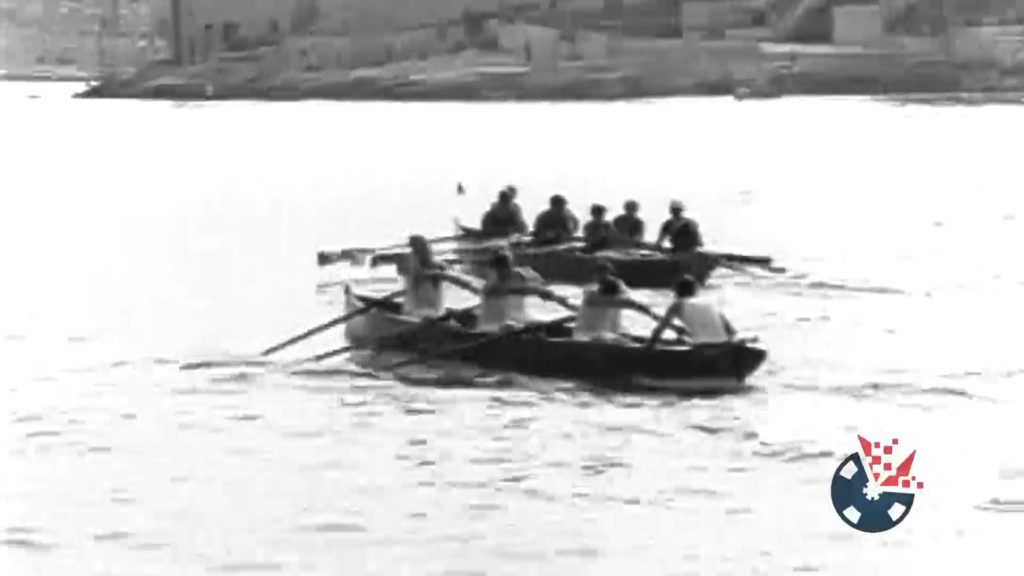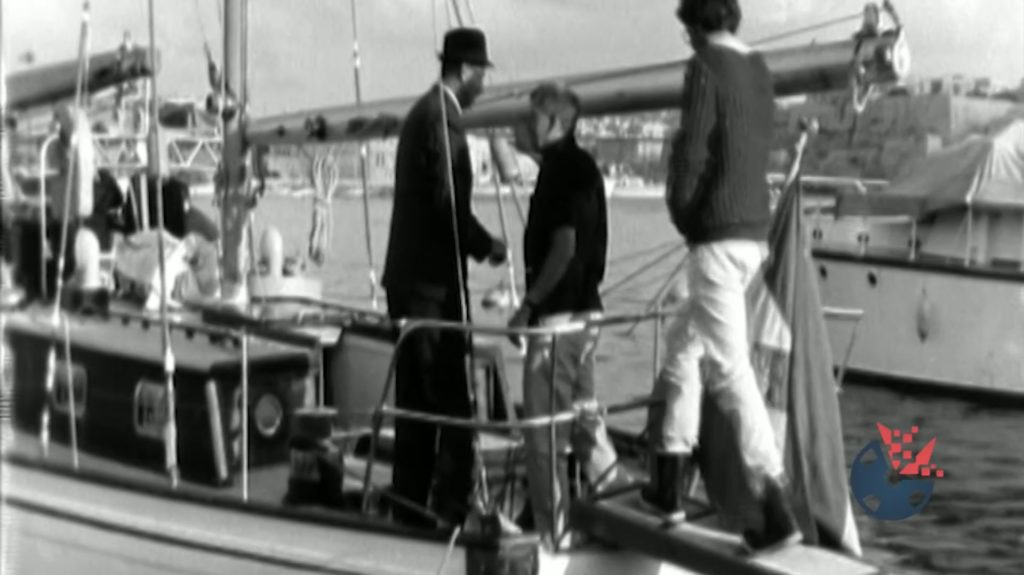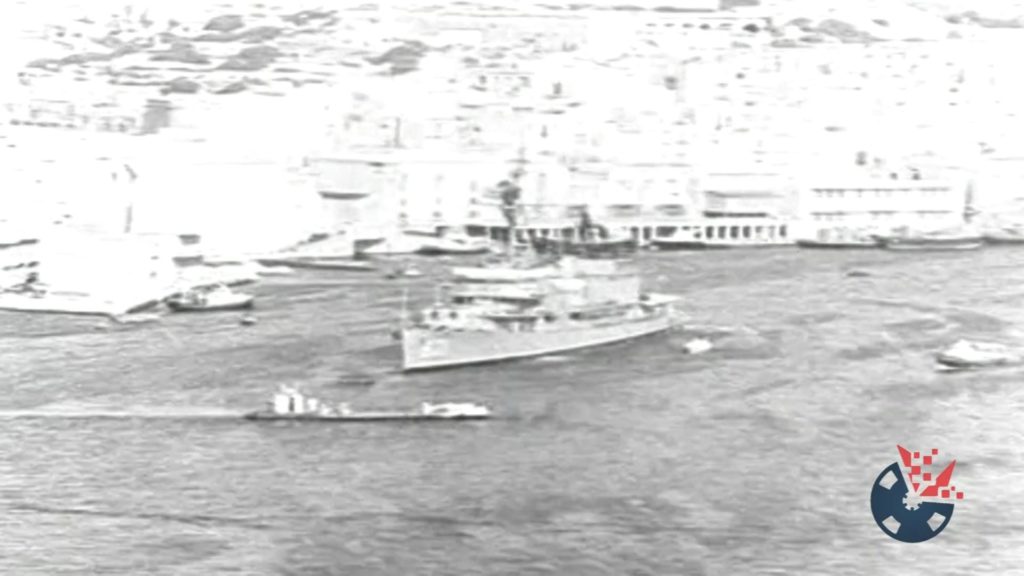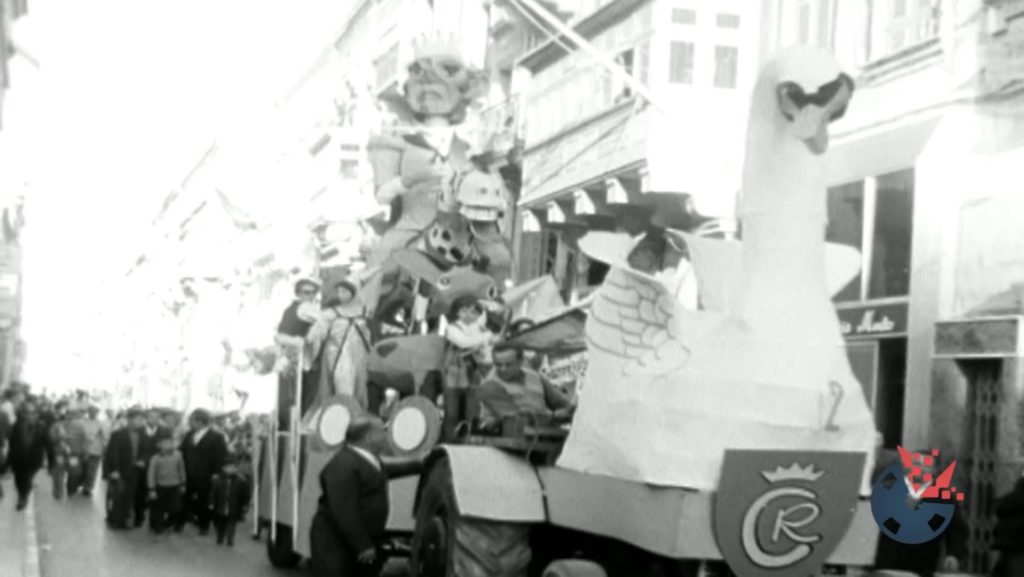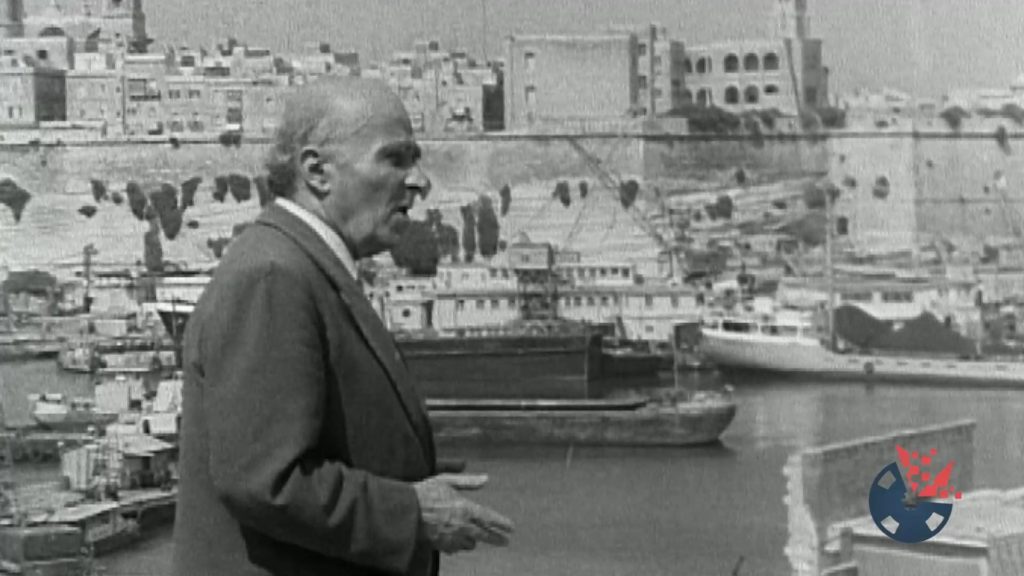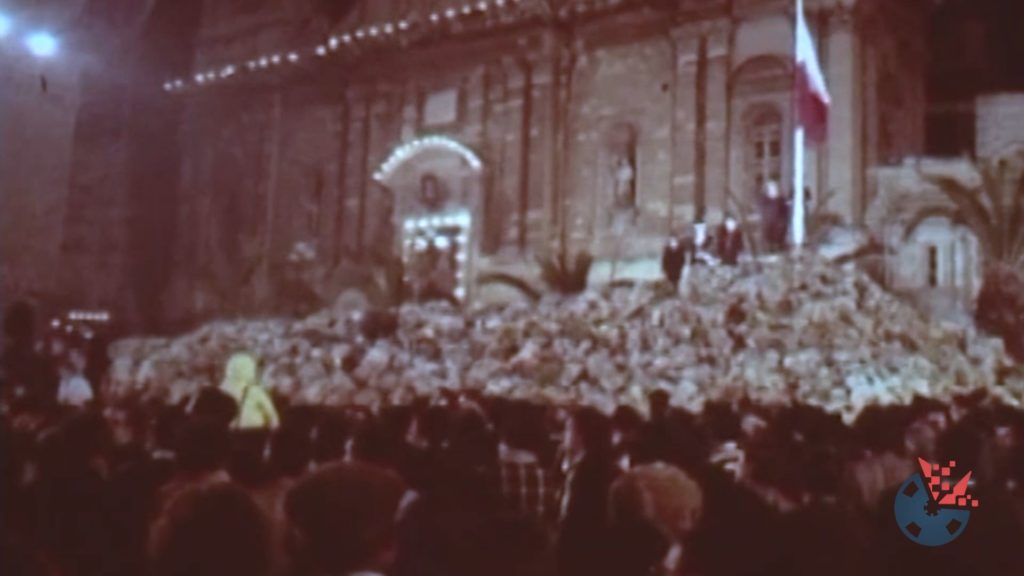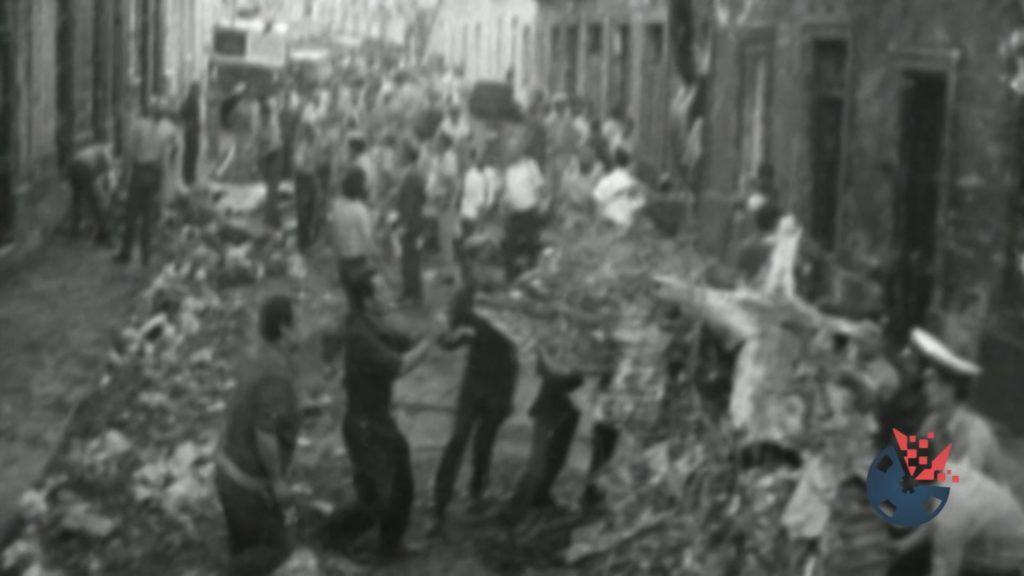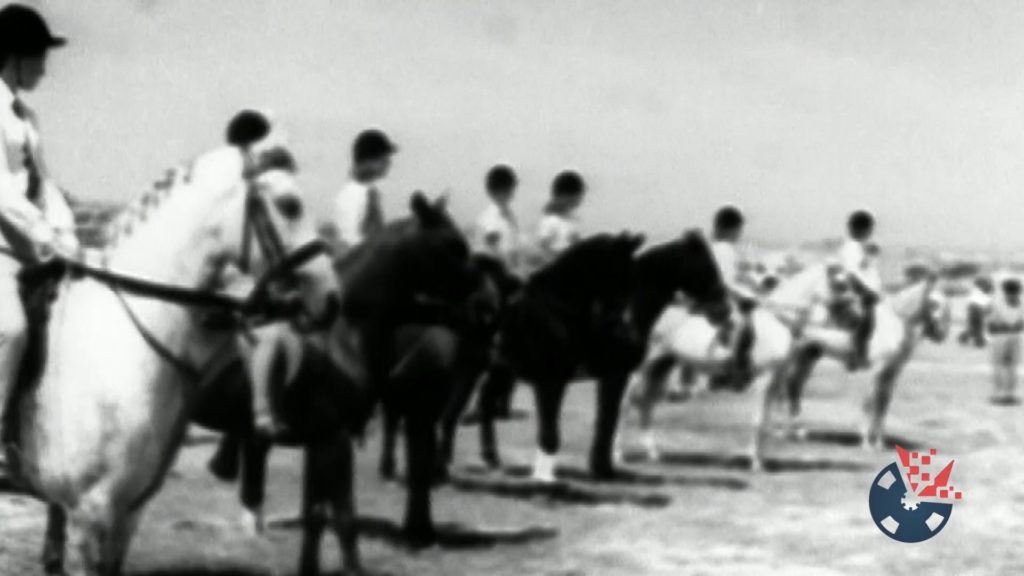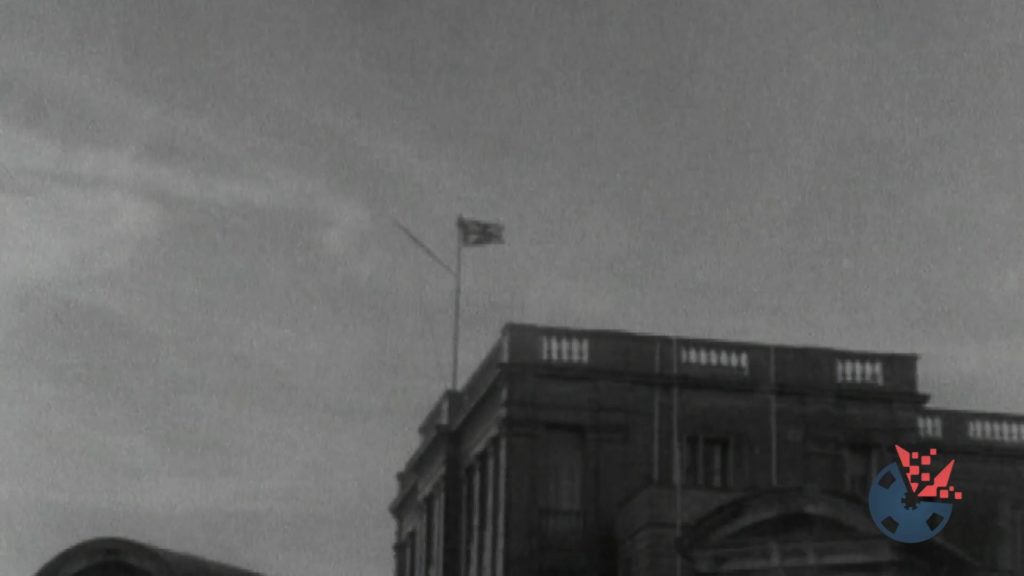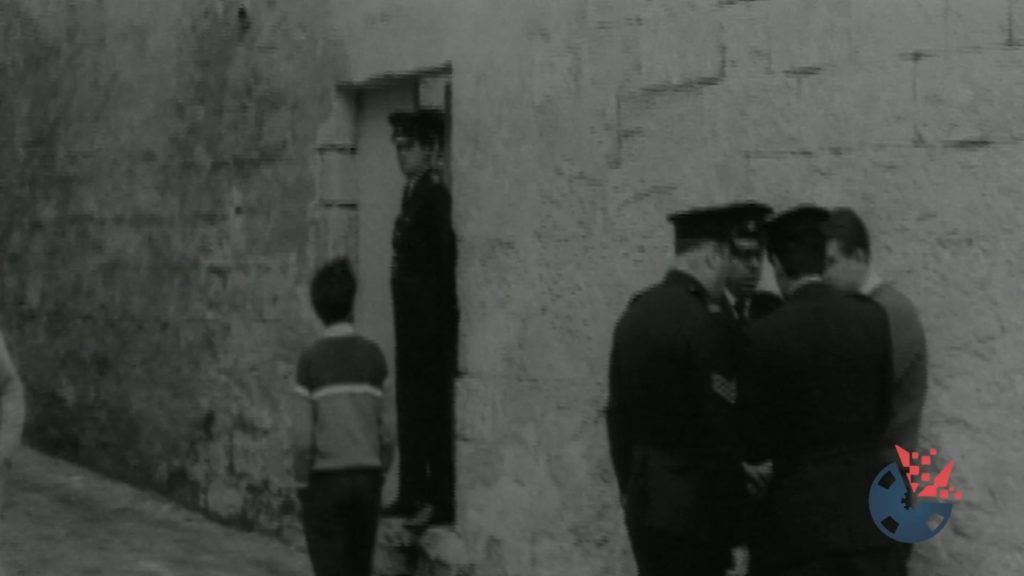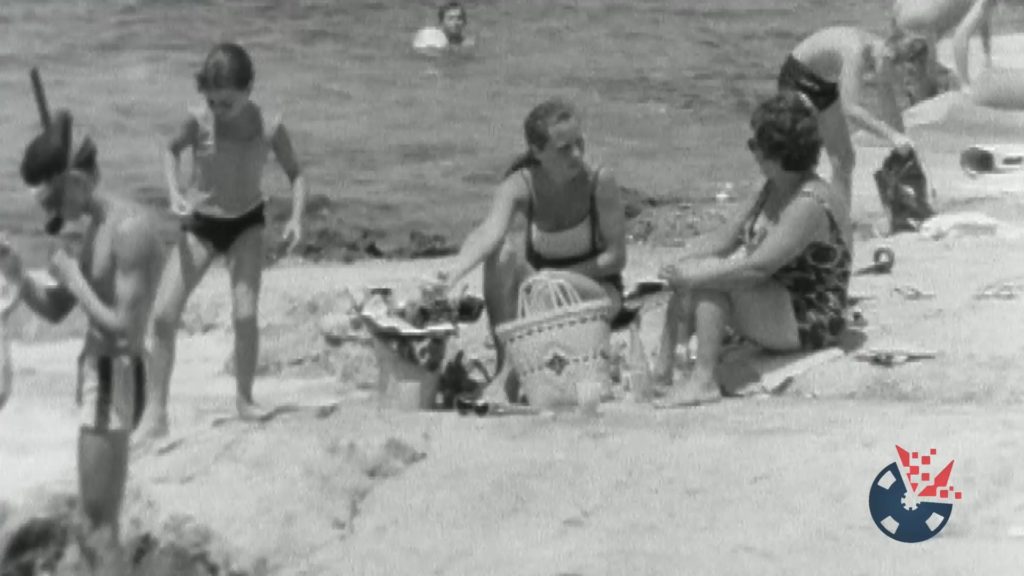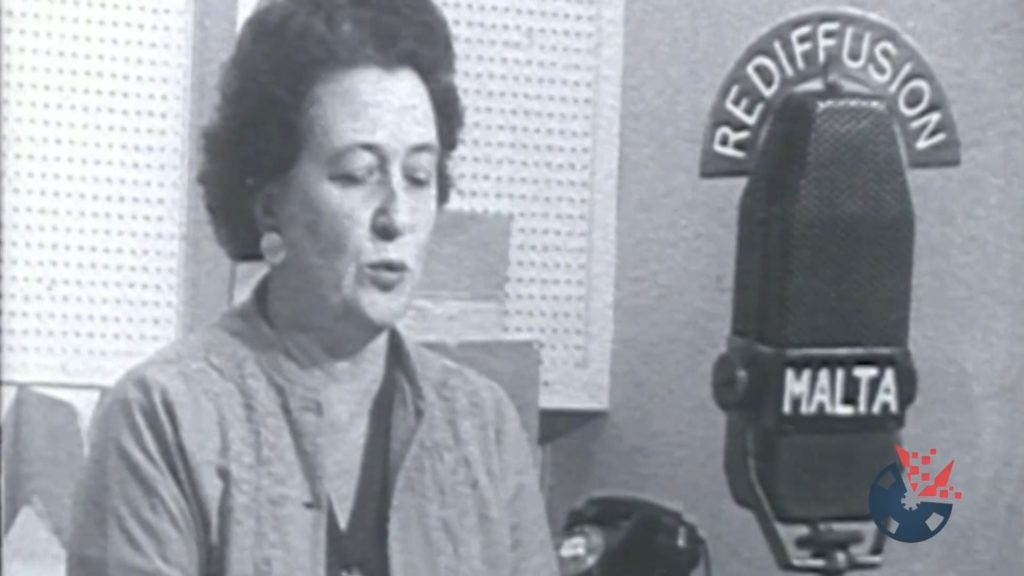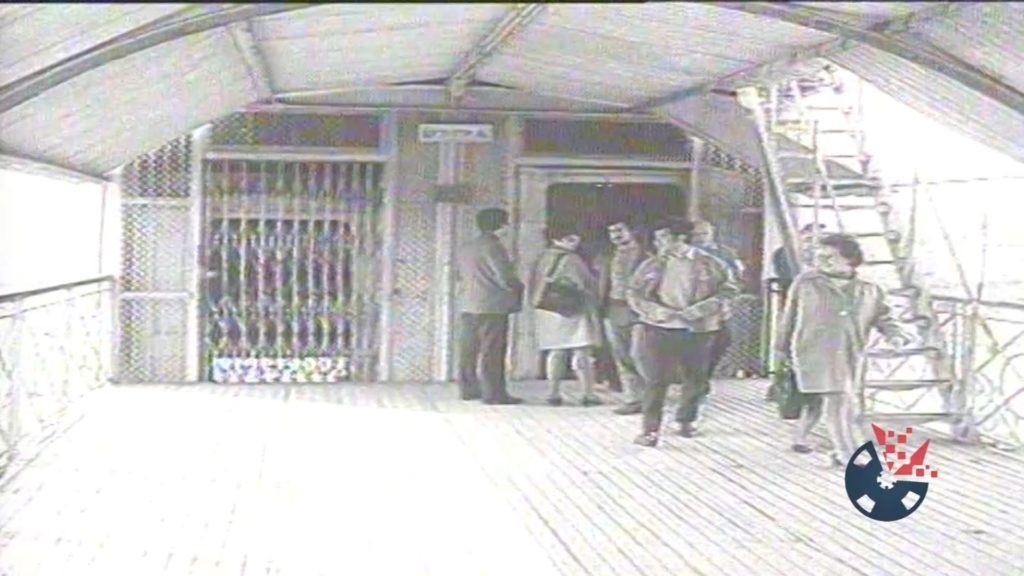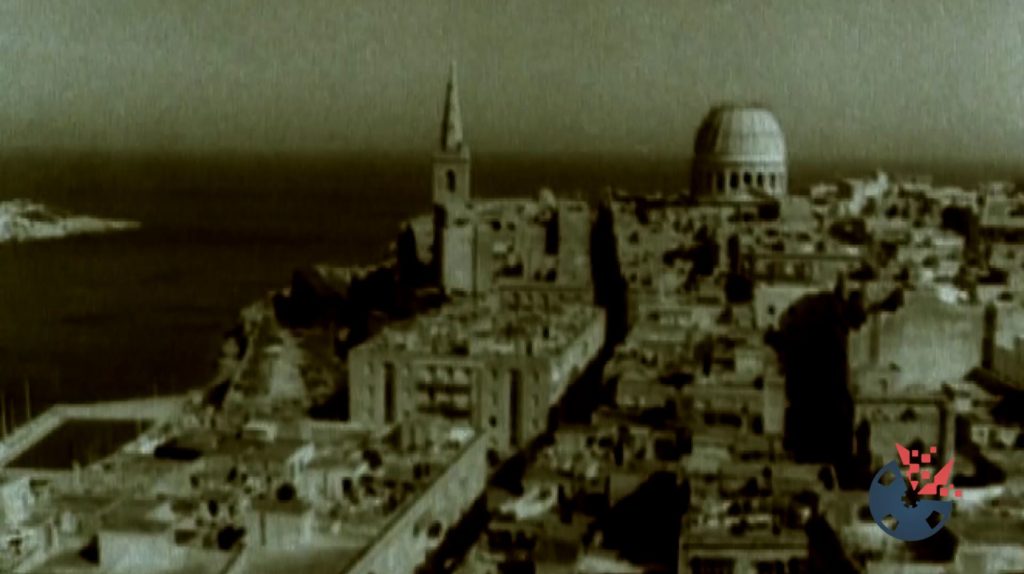Description
In 1942 Malta was under siege, blockaded by German and Italian naval and air forces.
The island was in a dire situation. Food supplies were fast depleting, and the Maltese were hungry and desperate.
Malta, as one of the most important bases in the British Empire, was also running low on ammunition, fuel and the spare parts needed to keep its fighter planes in the air.
By the summer, Victory Kitchens were in full swing, dishing out rations to the people who were growing increasingly worried that the island would have to surrender to the Nazis.
Although it was not the only convoy to reach Malta during the war, the Santa Marija convoy is the best known.
The heroic mission was called Operation Pedestal and was made up of 14 merchant ships, of which only five made it into Valletta’s Grand Harbour.
During the constant air and submarine attacks, the Royal Navy also lost an aircraft carrier, three destroyers and a cruiser who were sent to escort the merchant ships to Malta.
Three other ships were badly damaged and some of the surviving merchant vessels were barely afloat when they sailed into port.
However, the sight of the battered fleet was welcomed by thousands of Maltese perched upon the bastions, for the ships did not only bring food, fuel and ammunition but also a sense of hope.
Scenes of jubilation broke out in Valletta, Floriana, Senglea, Kalkara and Vittoriosa as families, battered by the war, flocked to see the arrival of the five ships.
There was dancing and singing in the streets as Port Chalmers, Rochester Castle and Melbourne Star entered the Grand Harbour on August 13 followed by Brisbane Star a day later.
But it was the arrival of the tanker SS Ohio on August 15, which carried tons of fuel, that was celebrated most.
Operation Pedestal, also known as the Santa Marija convoy due to its coinciding with the feast of the Assumption of Our Lady, was the biggest fleet of merchant ships and naval units sent to reinforce Malta during the Second World War.
After the arrival of the five ships, the situation in Malta started to improve.
In the last two months of 1942, two other Allied convoys – Operation Stone Age and Operation Portcullis – were sent to Malta, loaded with tens of thousands of tons of food, fuel and other supplies.
By the end of the year, Malta’s Victory Kitchens were no longer needed and closed down.


